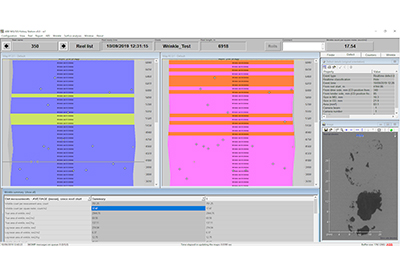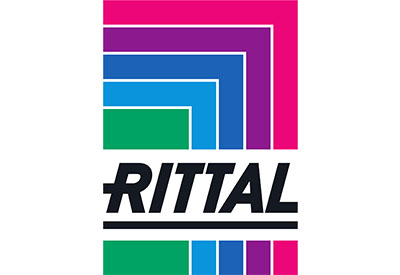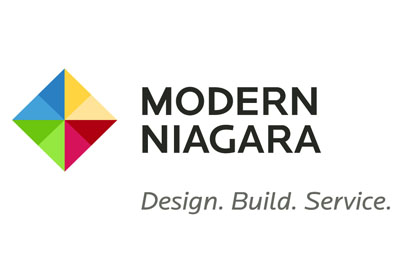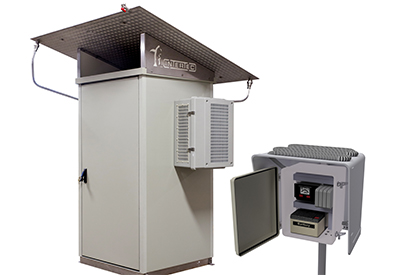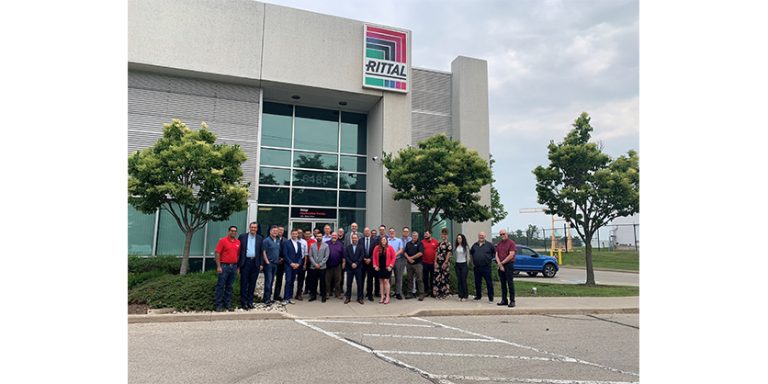Industrial Internet of Things Adoption and Digitization Ignite Centrifugal Pumps Industry

May 4, 2018
The North American centrifugal pumps market is witnessing a renaissance with the adoption of Industrial Internet of Things (IIoT), digitization, and next-gen prognosis offering significant growth opportunities and paving the way for smart pumps. The Industrial Automation and Process Control team at Frost & Sullivan expects to see a focus on developing energy-efficient solutions and analytical strategies to cater to end-users’ demand for actionable insights.
Frost & Sullivan’s recent analysis, North American Centrifugal Pumps Market, Forecast to 2024, reveals growth opportunities, innovations, industry challenges, disruptive trends, companies to action, market leaders, and revenues across key sectors such as single-state pumps, multi-stage pumps, axial and mixed pumps, submersible pumps, and sealless and circulator pumps.
“As most end-user industries are highly competitive while operating with low margins, companies require performance excellence and cost efficiencies from their equipment. To meet this demand, pump manufacturers must integrate IIoT technologies, such as sensors, remote monitoring, predictive analytics, and next-gen prognostics, into their processes to control costs and improve efficiency,” said Anand M Gnanamoorthy, Industrial Automation and Process Control Senior Industry Analyst at Frost & Sullivan.
Key trends leading to new growth opportunities include:
- The North American centrifugal pump market growing at a compound annual growth rate (CAGR) of 3.2 percent from 2017 to 2024;
- Rise of new IIoT business models such as gain sharing, pay-per-use, and product-as-a-service;
- Investment in new facilities and expansions in water and wastewater, oil and gas, and chemical industries;
- Growing demand for centrifugal pumps across end-user industries;
- Recovery of realty and construction market; and
- Rise in replacement and servicing market.
“Market growth is being interrupted by pump manufacturer cost pressures, end-user price sensitivity, threats from alternative technologies such as positive displacement pumps, and low-cost products from other regions,” noted Gnanamoorthy.

